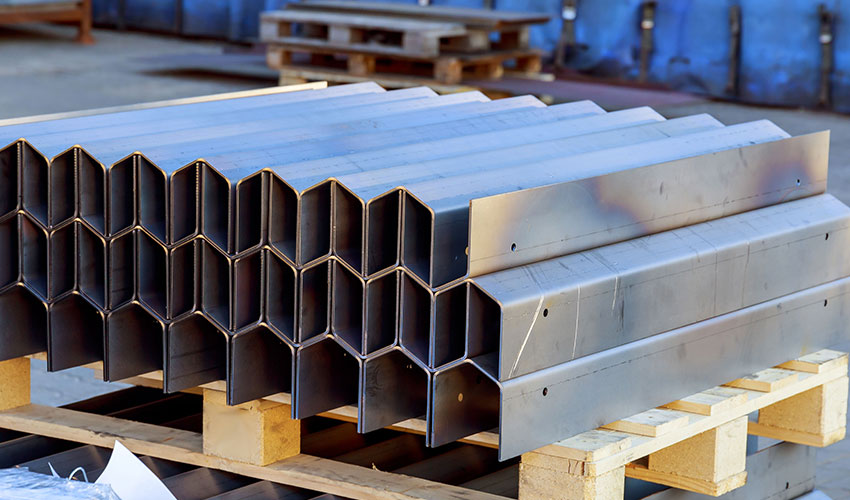Sheet metal fabrication is a versatile manufacturing process that involves the shaping, cutting, and assembly of thin metal sheets into various components and products. The methods used in sheet metal fabrication are diverse, allowing for a wide range of applications across different industries. In this article, we will explore the primary methods used in sheet metal fabrication and their significance in modern manufacturing.
1. Cutting: Cutting is the initial step in sheet metal fabrication, where the metal sheet is precisely cut into the desired shape.
Several methods are used for cutting sheet metal, including:
- Shearing: Shearing involves cutting straight lines in sheet metal using a blade. It is a cost-effective method for producing basic shapes.
- Laser Cutting: Laser cutting employs a high-powered laser to cut through the metal sheet with extreme precision. This method is ideal for intricate and complex shapes.
- Plasma Cutting: Plasma cutting uses a high-velocity jet of ionized gas to melt and remove the metal, making it suitable for cutting thick sheets.
- Waterjet Cutting: Waterjet cutting utilizes a high-pressure stream of water mixed with abrasive materials to cut through the metal. It is versatile and suitable for a wide range of materials.

2. Bending: Bending is the process of creating angles and shapes in sheet metal components. This is achieved using specialized machines known as press brakes, which apply force to bend the metal to the desired angle.
3.Forming: Forming operations are used to create complex 3D shapes from flat metal sheets.
Common forming processes include:
- Stretching: Stretch forming stretches the metal sheet over a die to create contoured shapes.
- Deep Drawing: Deep drawing involves the use of a punch to form a metal sheet into a hollow shape, such as a cup or shell.
- Rolling: Rolling involves passing the metal sheet through rollers to curve or shape it.
4. Assembly: Sheet metal components are often fabricated by joining multiple parts together. Common methods of assembly include welding, riveting, and fastening. Welding, in particular, is widely used for its strength and durability in joining metal components.
5. Finishing: After the fabrication and assembly processes, sheet metal components may undergo finishing operations to improve their appearance and functionality. Finishing methods include deburring, polishing, painting, or applying protective coatings to enhance corrosion resistance.
Sheet metal fabrication methods are significant for various reasons:
- Versatility: These methods are used across a broad spectrum of industries, including automotive, aerospace, construction, electronics, and healthcare, to create diverse products, from vehicle components to medical devices.
- Cost-Efficiency: Sheet metal fabrication methods are often more cost-effective than casting or forging processes, especially for producing components in medium to high volumes.
- Precision: These methods offer exceptional precision and tolerances, allowing for the production of parts with high accuracy and consistency.
- Strength and Durability: Sheet metal components are known for their strength and durability, making them suitable for applications where robustness is essential.
- Weight Reduction: Thin-gauge sheet metal can be used to create lightweight components, particularly valuable in industries like automotive and aerospace, where weight reduction contributes to fuel efficiency and performance.
- Recyclability: Metal sheets are highly recyclable, making sheet metal fabrication methods an environmentally friendly process.
Sheet metal fabrication methods are fundamental to modern manufacturing, providing the versatility and precision required to create a wide array of components and products. As technology advances and materials evolve, sheet metal fabrication continues to play a pivotal role in shaping the products and technologies that define our world.